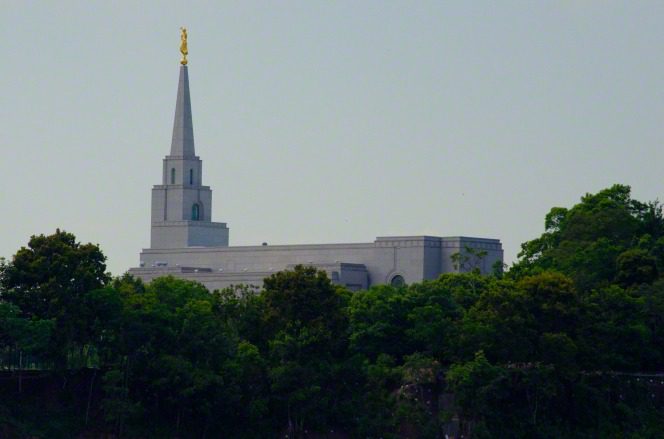
On Monday morning, we spent about three hours out on the Amazon and some of its tributaries.
The first thing that we did was to look (successfully, I might note) for fresh water “pink” dolphins. They’re called pink dolphins because, while they’re normally grey, they turn pink when hunting or agitated. This occurs because the blood rushes to their capillaries, which are very visible in their dorsal fins. There are also freshwater gray dolphins who don’t change in that way.
Our local guide, who grew up in an Amazonian village, says that pink dolphins are endangered in all of the other countries of the Amazon River basin, but not in Peru. Why not in Peru? Because, he says, the indigenous peoples of the area won’t kill them or disturb them. They fear that, if they do, the spirits of the dolphins will give them excruciating stomach pains. He himself related a story from his boyhood of trying to drive a group of pink dolphins away from his village. He developed a terrible stomach ache and had to be taken to a shaman several villages away who cured him within five minutes but warned him never to bother pink dolphins again.
If you’re really daring, though, the fat of a pink dolphin is alleged to possess aphrodisiac powers. Administered to somebody, it can make that person fall in love with you.
Sailing along one of the tributaries, it was amusing to see thatched roof huts with solar panels standing next to them.
We also saw a place where a “black” river flowed into the brown water of the Amazon, which, as I wrote in a previous piece, looks like coffee with cream. This black river looks like coffee without cream. It’s very distinct. The color, our guide says, comes from tannic acid in all of the decomposing leaves that the black river sweeps along. (The brown color of the Amazon comes, unsurprisingly, from a vast quantity of eroded dirt, clay, and mud.)
During the season of low water – into which we’re entering now – the water of the tributaries gets so low that the local people are stranded. Their boats can’t function for lack of water and all the mud. And they need to store up water to get them through about three months when the water that they draw from before their huts is of too low a quality to drink.
You begin to understand how the drums that we saw a couple of days ago served as the “telephones of the Amazon.” Their warnings of danger and other such messages could be heard up to two and a half or three miles.
Written in the Peruvian Amazon
Posted from Lima, Peru












